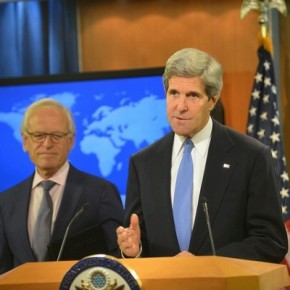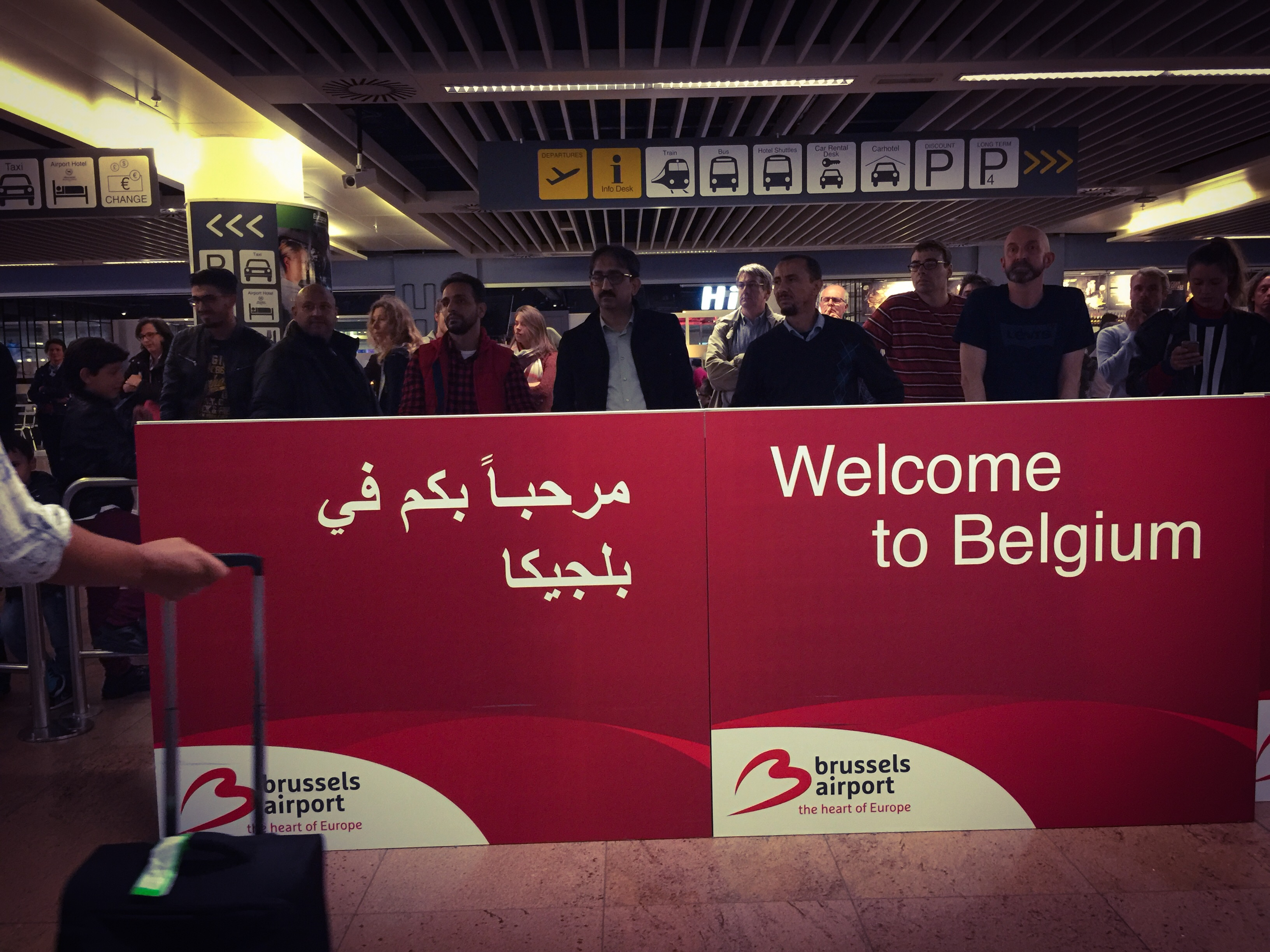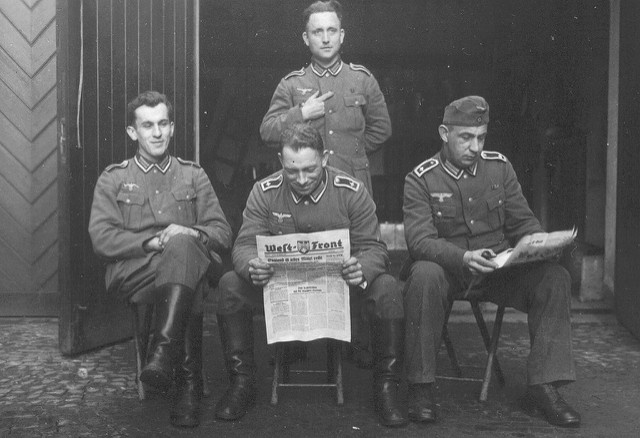Everyone likes street art. Where there’s a mural, chances are, there’s someone taking a picture. Given the decline of music as a counter-cultural idiom (at least a mass one) it seems like eyes are focused on visuals. At least those with something to say. Considering the depressing political climate of the past decade, at least there’s a heart still beating, somewhere in the arts. Shepard Fairey may be overplayed, but we should be grateful he has an agenda.
Political flyers, particularly those commissioned by political parties, are excluded from the genre. Whether it’s because they’re ‘official’, that is, not the product of a rogue urban artist, or tied to youth culture, there’s no answer. Perhaps it’s because the idea of street art, at least the one prevalent in the press, is Anglo-American. Few countries have less political flyers posted in public space than the United States and Great Britain.

Travel, however, to any country in the Middle East, or the European Union and the exact opposite is true. Flyers, from both established and underground political organizations, right and left, take up as much space as street art, which tends to proliferate, as much as it does in English speaking countries. The effect, in cities like Berlin, can be especially overwhelming. Murals, tags, posters, stickers. They’re everywhere. And they all have something to say. Everywhere, it seems, is an art gallery.
The three posters featured here were commissioned by the vintage-sounding Marxistisch-Leninistische Partei Deutschlands, known by the acronym MLPD. One of many leftwing parties currently running up flyers in Berlin, the Communist organization is currently seeking parliamentary representation in the forthcoming September federal elections. Neukölln, where these photos were taken, is an especially obvious district for the MLPD to be campaigning in, as it is largely working class, and home to a high number of immigrants.

Like all good street art, there ‘s something arresting about these posters. Not necessarily their aesthetics, which are rather straightforward, and dull. It’s their physical context that makes them meaningful. Imagining that the works would be more interesting when pedestrians passed by, I figured I’d loiter for a bit, and wait for the right person(s) to complete them. Within the space of ten minutes, I considered myself lucky. Audience participation (albeit involuntary) made it all work. I’d hesitate appreciating the political messaging otherwise. Even ironically.
There’s a lot of what one might call street art – far more formal than this – that would look better photographed being observed. Or at least, in the presence of people. The one thing I worry about, looking through the thousands of Banksy photos available find online, via Flickr, and elsewhere, is precisely that. They’re photographed by themselves. Decontextualized, without any sense of their possible audience, we tend to lose sight, of who it is such work is meant to address, and what else it might say. Given that so much of this kind of art is supposed to be political, that’s important.
I think that the same holds true, in reverse, for political adverts, like this. Isolated, outside of public spaces like these, they’re difficult to take it seriously, despite the positive political messages put forth. That’s perhaps one of the lessons of popular muralists like Banksy come in. His work may indeed appear more meaningful, in person. But it can also convey its politics, beyond, let’s say, a wall in Hackney, precisely because of its artistic merits. That doesn’t disqualify work like these radical posters. It just affirms the fact that some street art is incomplete without its desired audience handy.
Photographs and commentary courtesy of Joel Schalit





